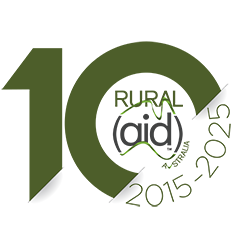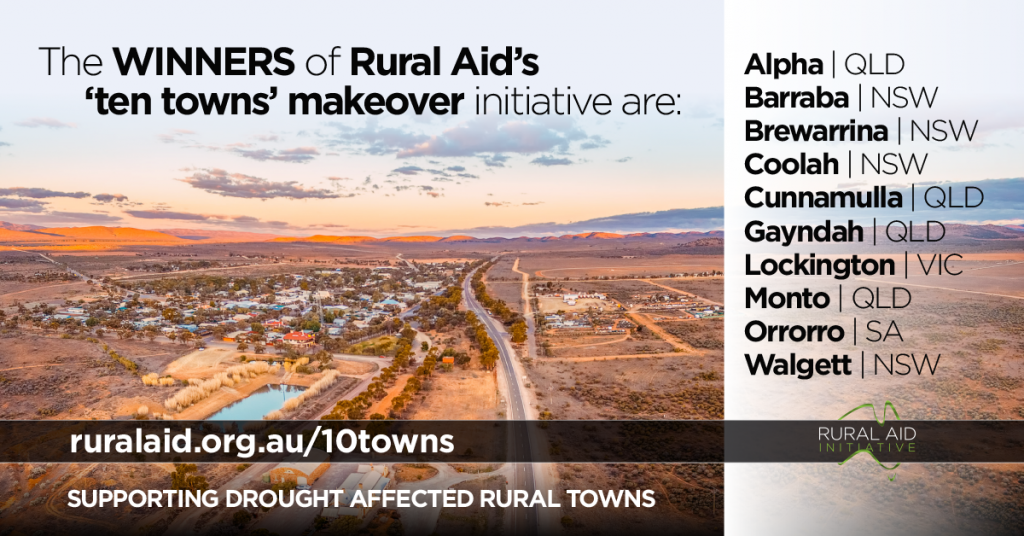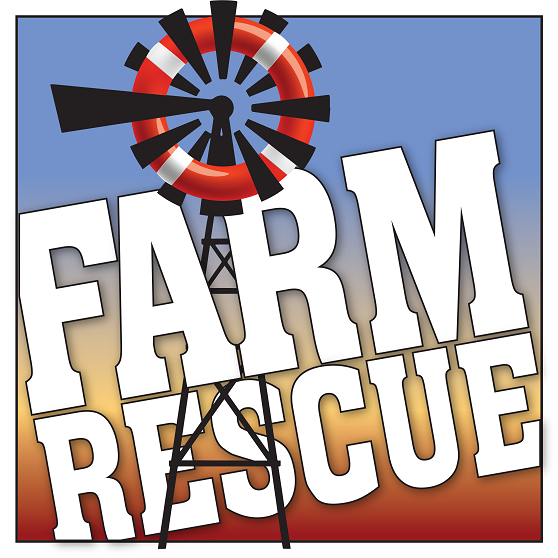NSW WINNERS ANNOUNCED FOR $100,000 TOWN MAKEOVER

Walgett, Coolah, Brewarrina and Barraba are the New South Wales winners of Rural Aid’s inaugural Ten Town Makeover initiative which aims to highlight the impact of one of the worst droughts in history on small country towns.
Established within Rural Aid’s Sustainable Community program, the 10 country towns will receive a minimum of $100,000 commitment to support the makeover of the towns over a five-year period.
The $100,000 includes:
- $10,000 for town leaders to workshop with experts in rural/regional town renewal with the aim of developing a long-term renewal strategy. These facilitated workshops will support the long-term sustainability of the town and local community.
- $90,000 will be spent on materials for maintenance projects identified by the town leaders, that fits within our scope of work. If available, materials will be sourced locally to support local businesses.
Rural Aid’s Farm Army of volunteers (usually between 50 – 100) will spend a week in the town in the first year bringing a welcome financial injection to the town’s local businesses. Our support over the remaining years will be determined by the leaders of the town once the plans for the town have been developed.
Denielle Kilby from Walgett said, “Thank you!! We are bursting to share this splendid news! This is exactly the pick me up that our people need. We just can’t stop smiling.”
“The North West Plains Sustainability Group and the Walgett CWA are excited to start actioning this initiative with Rural Aid. The five-year roll out of this initiative enables us to look into the future with positivity. This has been difficult in recent years due to continuing drought. We are immensely grateful for this opportunity to showcase our town and our people.
Sally Edwards from Coolah said, “I was thrilled to hear that Coolah had been selected. It will be a great boost for our community, after what has been a real tough few years since the Sir Ivan Fire.”
“I really hope that the Ten Towns Initiative will help Coolah achieve some of its projects previously planned by the community and also identify some exciting new projects that will benefit the Coolah community,” Sally Edwards said.
Heather Finlayson from Brewarrina said, “I was initially in total disbelief at our success and it took a while to register what an opportunity we now have. I was unable to sleep that night with positive thoughts running through my mind, thinking of ideas and opportunities to benefit the community.
This will bringing leaders and the community together to complete some fantastic projects that will be evident to visitors and ex residents. It will help achieve great things despite the recent terrible times which have led to a decline in the population, and loss of services that other communities take for granted. I can see this opportunity rewarding the community members who are sticking it out and have chosen to continue to call Bre home”.
Lisa Hannaford from Barraba said, “I am absolutely Ecstatic. The best news I have had in a very long time. This will be great news for the town of Barraba and an opportunity to showcase our community pride.
Barraba has been struggling with the drought for two and half years and now local business are starting to feel the pinch, so it will be a positive to lift community spirits and bring renewed energy to the town. Give people something else to focus on apart from the daily struggles of the drought,” Lisa Hannaford said.
CEO of Rural Aid, Charles Alder says, “While the focus is largely on the impact of the drought on farmers and their families, equal attention should be given to the impact on rural communities. Small country towns play a critical role in supporting the social and economic fabric of their local communities. This initiative will lift morale and inject much needed capital into the local community
“Small towns have a unique symbiotic relationship with the farms located around them. Farmers rely on their local town for off farm income through employment, farm employees and services from the local doctor, teachers, dentists, accountants and government support staff. Then there’s the small businesses like the local pharmacy, grocery, butcher, bakery, bank and rural supply company. Take these towns out of the equation and the local ecosystem is impacted forever.
“We received over 60 applications and every one of the unsuccessful towns will be supported by Rural Aid in the future.”
NSW Town contacts:
Barraba – Lisa Hannaford,0409921382
Brewarrina – Heather Finlayson,0407666247
Coolah – Sally Edwards,0458774519
Walgett – Denielle Kilby,0447077344
The winners from other states include: QLD – Cunnamulla, Alpha, Monto and Gayndah, SA – Orroroo, Victoria – Lockington.
About Rural Aid
Rural Aid supports farmers and rural communities in times of natural disaster such as flood, fire and drought. In addition, Rural Aid focusses on supporting the sustainability of regional and farming communities. Its disaster relief program includes the nationally recognised Buy a Bale campaign. Other programs include providing volunteer support to rural towns, musical instruments to regional schools and counselling. Visit www.ruralaid.org.au for further information on these programs and other support for our rural communities.
Media enquiries: Raylee Huggett – 0447 116 757





